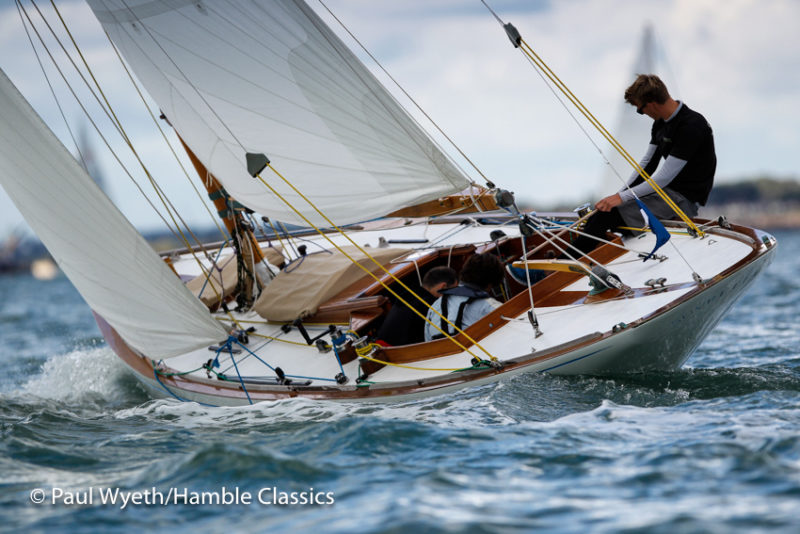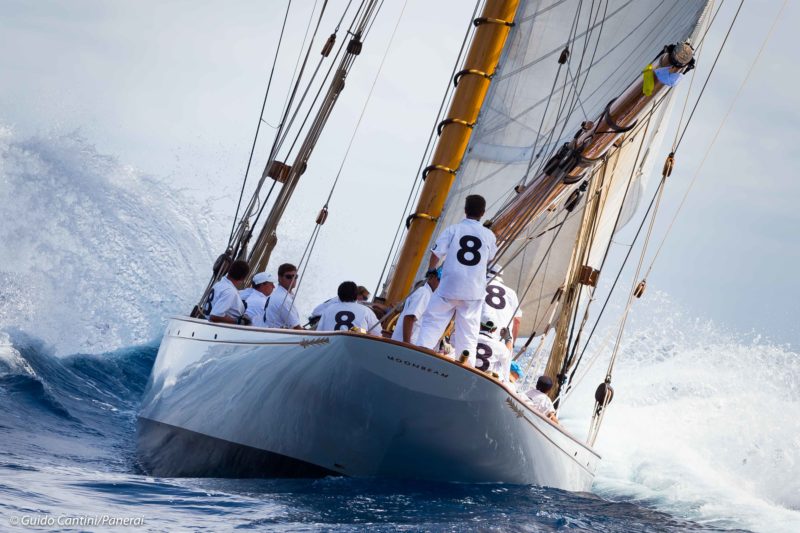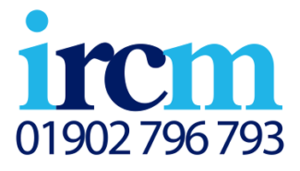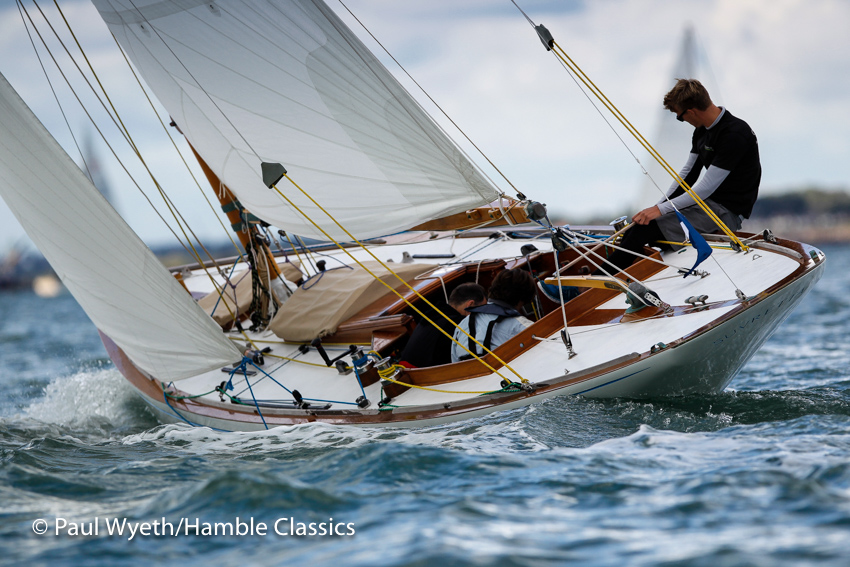There Are Only 3 Things That Matter When Choosing Your Classic Yacht Insurance – Read About Them Here
Part One
There are only 3 things that matter when it comes to choosing insurance for your classic yacht; they are Value, Value and Value!
Of course, value can quite often be subjective and mean different things to different people. In this 3-part piece we’ll be looking at the 3 types of value pertaining to your classic yacht insurance, examining the issues that attach to each type of value and, where appropriate, showing you how to address them so you can be better informed in choosing a provider and assessing their recommended solution.

First up we are going to look at the fundamental cornerstone of your classic yacht insurance – the value of your vessel.
When I talk to owners about their classic craft, whether it’s a gentleman’s launch or a yacht, what stands out is that the vessel transcends the hobby status that often attaches to other vessel types, it is almost invariably the owner’s pride and joy or their passion. This means that there is an enhanced emotional investment in your yacht which adds an intangible value to it beyond the Dollars. Pounds or Euros you’ve invested in purchasing, restoring and maintaining her.
The legalities of the insurance paradigm prevent you from insuring against the loss of your “emotional investment” but they do provide, via the principle of indemnity, for putting you in the position you were in prior to any loss. Insurers, however, will have different ideas on how they apply that principal and, while that variance may not matter so much to the owner of a used fibreglass dayboat, it is vital to the owner of a classic boat or yacht that any offer by an insurer following a claim gives the owner the best possible settlement.
Insurers normally offer 2 bases of valuation for classic yachts. The first of these, Used Market Value, means that whilst the purchase price of your yacht is usually the basis of insured value, there may be a deduction for depreciation applied in the event of a claim for total loss. The policy wording for this sort of cover may state something along the lines of the insurer will pay up to the insured value as stated in the schedule.

Ph: Guido Cantini / Panerai
The second basis of valuation is Agreed Value. This essentially means the insurers of the yacht have accepted the owner’s valuation of it, be it based on purchase price, independent valuation or other means.
The first advantage an Agreed Value policy has an agreed value policy has over a Used Market Value policy is that there should be no deduction for depreciation in the event of total loss. Additionally, and this is can be crucial with classic vessels, is that a flexible insurer can also factor in the cost of extensive refitting or restoration work where a vessel has been purchased for a relatively low cost with a view to restoring her. In this event, you should retain, along with your bill of sale, your schedule of works and supporting invoices.
Owners should be careful not to misrepresent the value of their yachts for insurance purposes. In 2011 the superyacht Galatea was lost to a fire in 2011. Earlier that year she had been insured for her 2007 purchase price of €13m. However, a professional valuation of €7m in 2009 and the fact that the yacht had been put up for sale with a price of €8m had not been disclosed to insurers.
Galatea’s insurers declined the resultant claim for loss due to fire on the grounds of material non-disclosure by her owner. The case went to court and in 2015 the court found in favour of Galatea’s insurers’ decision to avoid the policy, which means her owner received no settlement in respect of the claim.
Galatea’s owner’s omission was ruled non-deliberate by the court. The law in force at the time of the ruling was the 1906 Marine Insurance Act, since superseded by the Insurance Act 2015, which came into effect in August 2016. Under the new Act a similar non-deliberate omission by a yacht owner would have lead to the court ruling that the insurers should have paid the lower value of €8m in settlement.
However, owners need to be aware that the new Insurance Act means they have a responsibility to make a “fair presentation of the risk” prior to the inception of the insurance. This means if an insurer can prove that any breach of this requirement is deliberate or reckless they would indeed be able to avoid the insurance and decline any claims as well as retain the premium.

It should be pointed out that the insured title of Galatea was a commercial entity and that the insurance was a commercial contract. In the UK, in instances when a yacht insurance policy is issued in the name of an individual it would be classed as a consumer policy and subject to different regulation. Nevertheless, if an insurer is able to prove deliberate misrepresentation by an individual that had an effect on the policy then they would be allowed to avoid that policy (or charge an additional premium and/or impose additional conditions).
There are a number of other scenarios that could be played out. The essential point for classic yacht owners to remember, is that if in doubt as to whether any fact about you or your yacht is relevant to your insurance, then discuss it with your insurance provider. If your skipper or management agency is responsible for arranging your insurance they need to liaise with you or representative to ensure all relevant information is gathered and that is correct.
A specialist insurance broker should be able to assist you in determining the correct basis of value for your classic yacht as well as collating the corpus of information required to accurately present your requirements to the insurance market. In Part 2 we’ll be looking at the second type of value attaching to your classic yacht insurance – the value of your insurance programme.
Mark Elcocks, October 2017
Mark Elcocks is the Specialist Risks Executive with Insurance Risk & Claims Management (IRCM)
In one month we will post the second in this 3-part series of considerations when choosing your classic yacht insurance.










